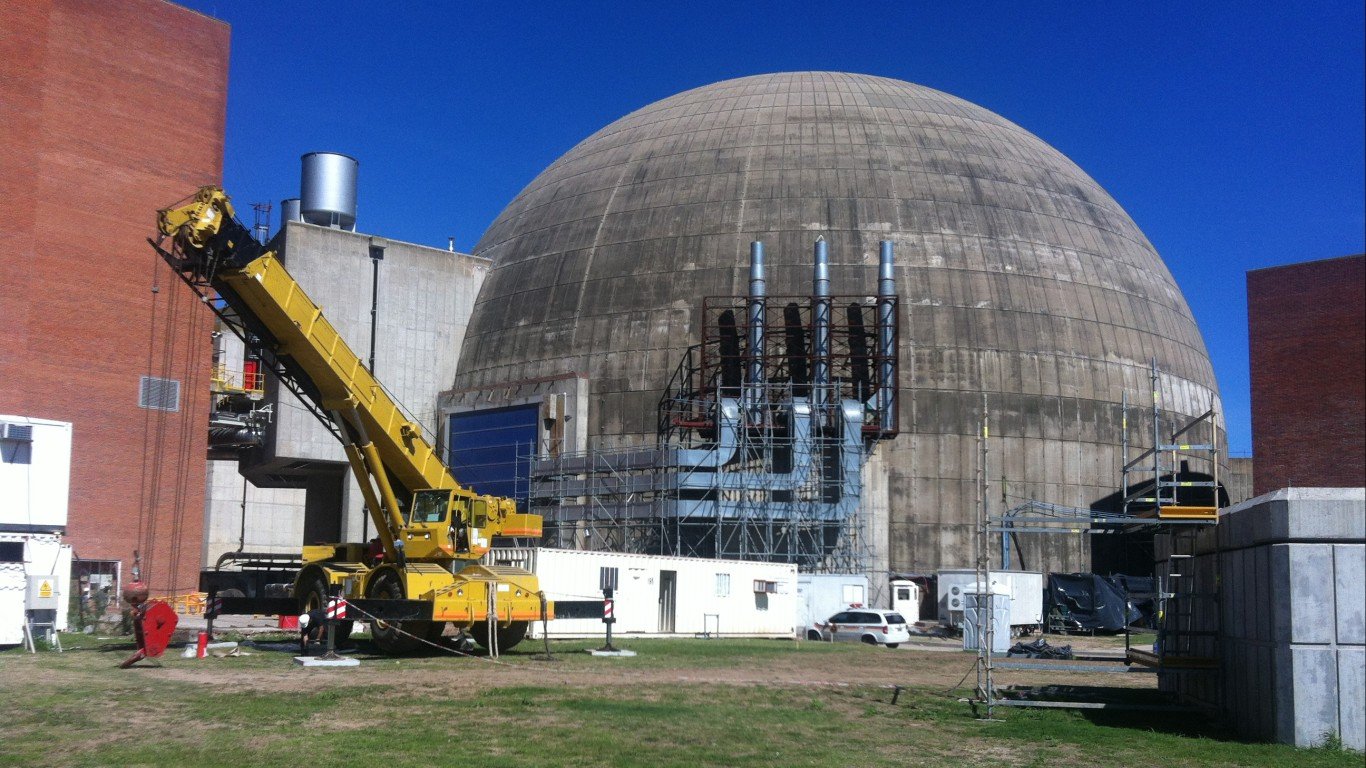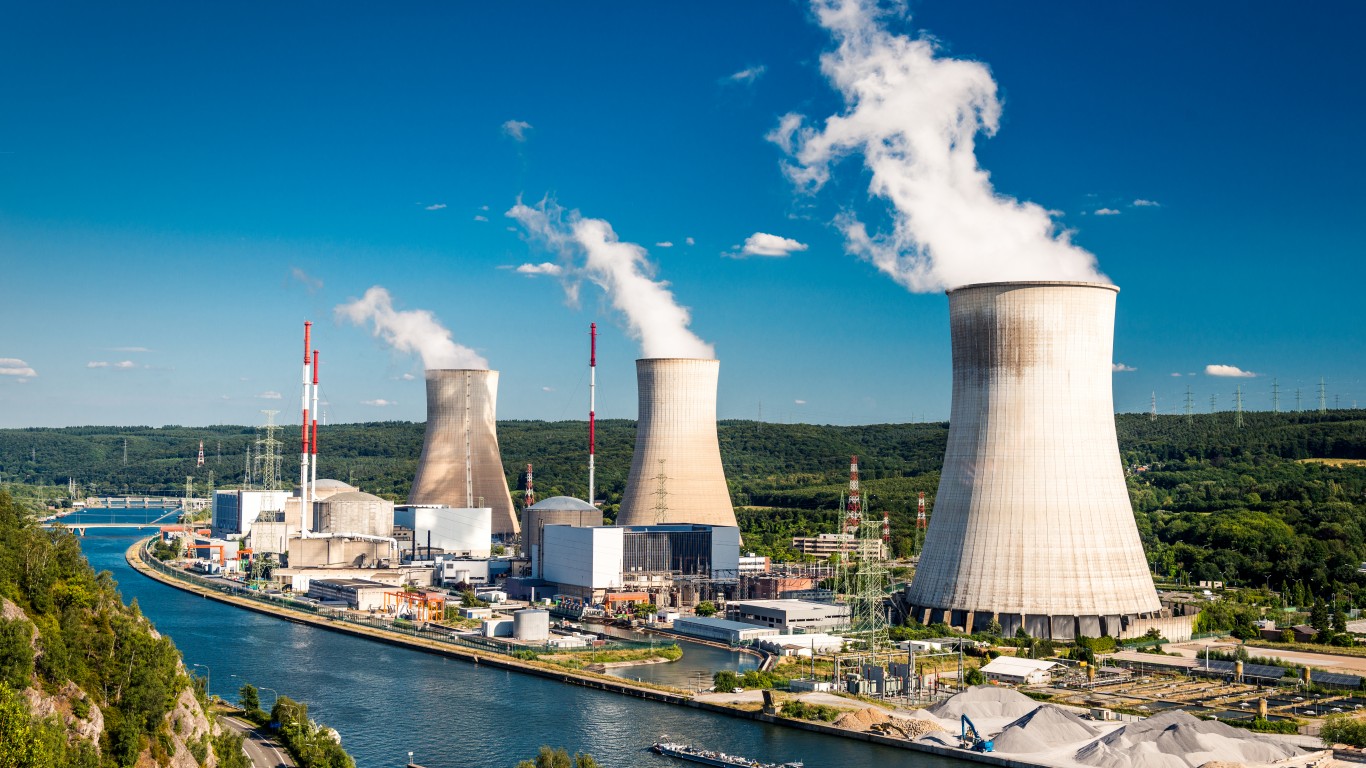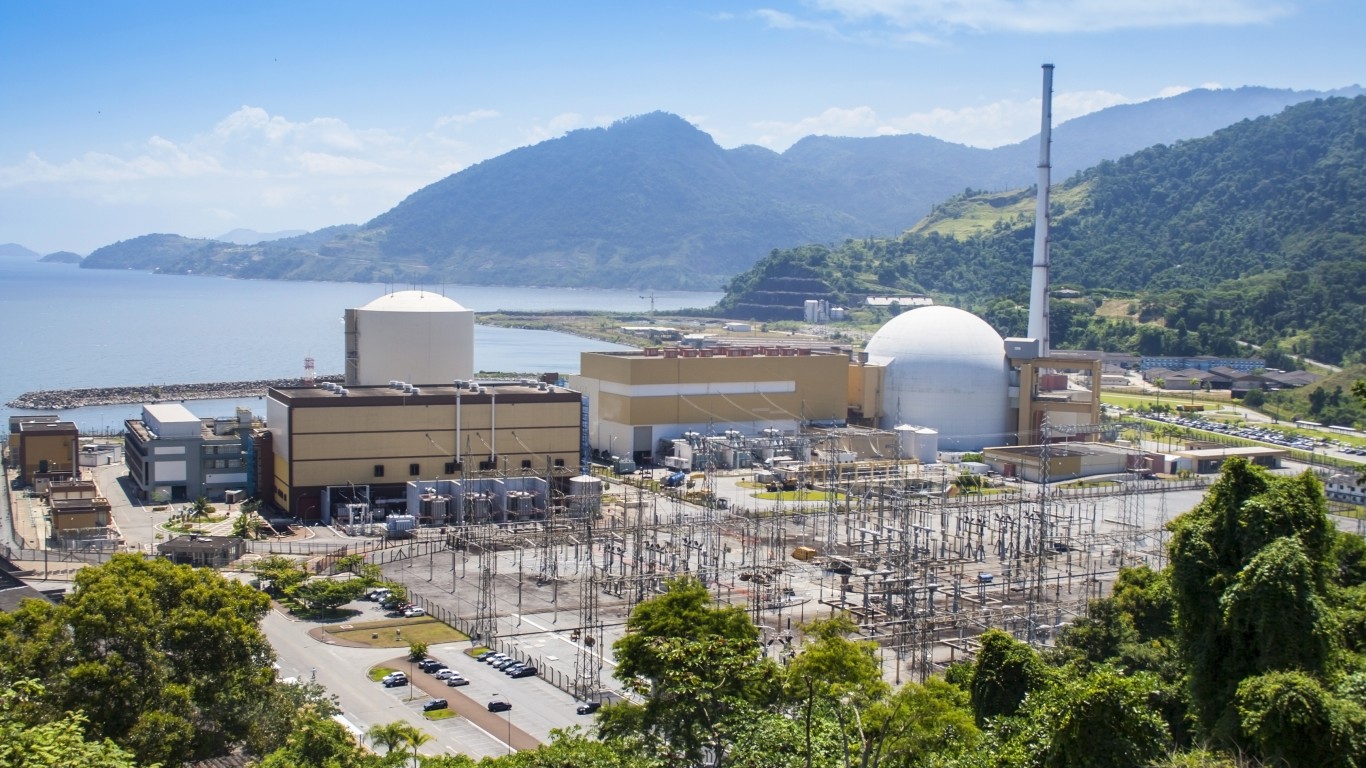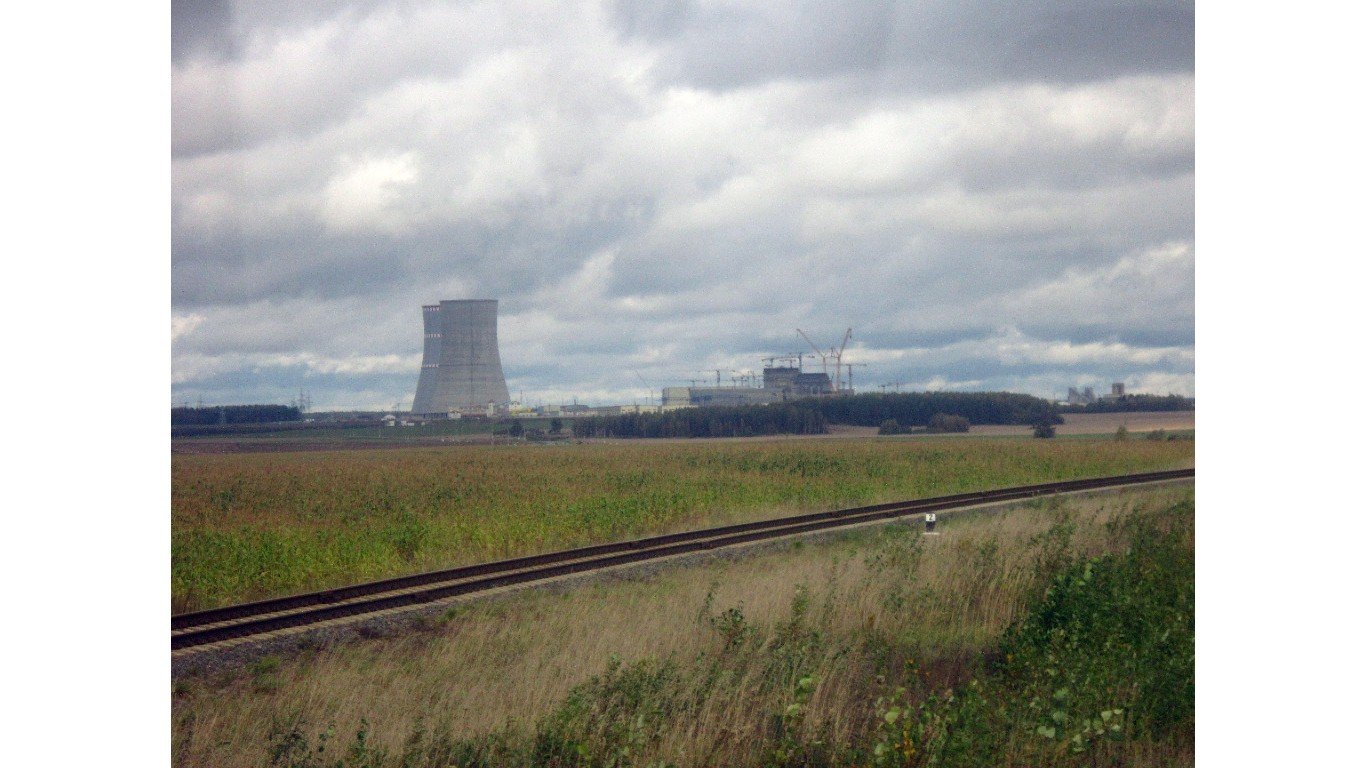
Argentina
> No. of nuclear reactors, Nov 2022: 3
> Pct. of country energy supplied by nuclear, 2021: 7.2%
> No. of nuclear and radiology-related incidents since 1990: 14
This year, Argentina signed an agreement with the state-owned China National Nuclear Corporation to construct Atucha III, an $8.3 billion nuclear power plant that would take eight to nine years to construct and would become the third plant at a complex about 70 miles north of Buenos Aires. Atucha I was the first nuclear power plant in Latin America when it went online in 1968. In 2005, a plant worker was exposed to a dose of radiation that exceeded safety limits – an INES level 2.
Armenia
> No. of nuclear reactors, Nov 2022: 1
> Pct. of country energy supplied by nuclear, 2021: 25.3%
> No. of nuclear and radiology-related incidents since 1990: 7
Four of Armenia’s seven nuclear and radiological-related incidents since 1990 occurred at its only nuclear power plant, which has been active since 1976. Two of these incidents were ranked INES level 2 because although no radiation had been leaked the events were deemed to have taken place because of a poor culture of safety that could have led to a more serious situation.
Two other level 2 events occurred. One in 2003, when customs agents found a radioactive metallic box in a shipment of scrap metal from Iran, and one in 2009, at a checkpoint on the border with Georgia, where a vehicle was found to have high levels of radiation from cesium-137 that was later traced to a service station.
Belarus
> No. of nuclear reactors, Nov 2022: 1
> Pct. of country energy supplied by nuclear, 2021: 14.1%
> No. of nuclear and radiology-related incidents since 1990: 0
Belarus is a newcomer to the world’s nuclear power club. Its first plant, Ostrovets 1, in the northwest part of the country near the border with Lithuania, went online in November 2020 in a Russia-financed project. Since 2011, Belarus has been working to reduce its dependency on Russian natural gas that cost it $2.3 billion in 2020, according to the World Nuclear Association.

Belgium
> No. of nuclear reactors, Nov 2022: 6
> Pct. of country energy supplied by nuclear, 2021: 50.8%
> No. of nuclear and radiology-related incidents since 1990: 22
Belgium has used nuclear power as a source of electricity since 1974 and had initially planned to close all six of its plants by 2025. In March 2022, the country announced it would allow its two newest plants to remain in operation to 2035. Two radiological incidents in Belgium since 1990 rose to INES levels 3 and 4.
The level 4 event occurred in November 2006, when a worker at a medical device sterilization facility in Fleurus, about 40 miles south of Brussels, was exposed to enough radiation to require hospitalization and extensive treatment. In 2008, a level 3 leak of iodine-131 occurred at a radioactive waste facility in Fleurus. Nobody was exposed in that incident, but the leak was at high enough levels that could increase the risk of cancer.

Brazil
> No. of nuclear reactors, Nov 2022: 2
> Pct. of country energy supplied by nuclear, 2021: 2.4%
> No. of nuclear and radiology-related incidents since 1990: 6
Five incidents occurred at Brazil’s only power plant (containing two reactors) near Rio de Janeiro, though none rose above level 2 on the International Nuclear Event Scale. In July 2008, a level 3 INES event occurred when two hospital workers – an American and a Brazilian – were overexposed to radiation while replacing an expended cobalt-60 source in a piece of medical equipment. The exposure was not fatal, but the American suffered radiation blistering on a finger. The Goiánia Accident in the Brazilian state of Goiás in 1987 was a level 5 event that killed four people and poisoned 249 others. The source was stolen medical radiology equipment.







